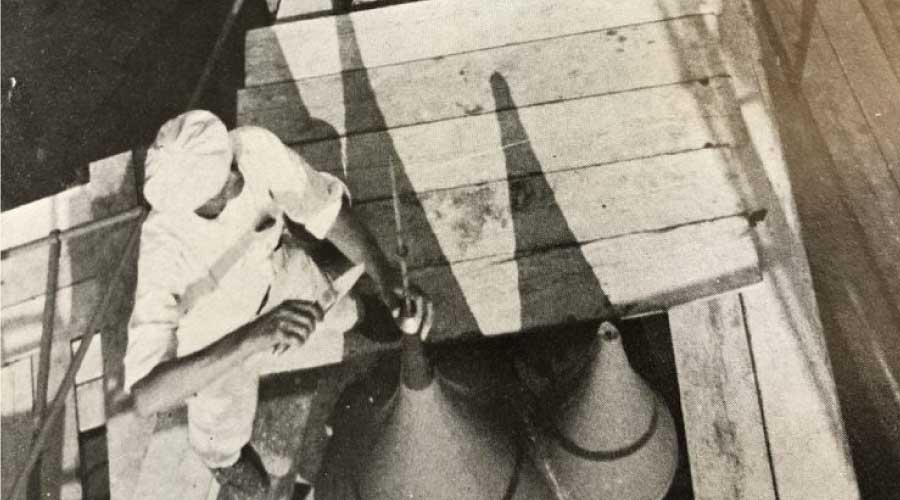5 Tips for Successful Preventive Maintenance
By following these five steps, managers can change how preventive maintenance is approached.
Instead of giving in to the myth, let’s discuss actions managers can take to address it once and for all. How can managers debunk this maintenance myth?
Change the culture. Managers need to create a leadership culture with strong beliefs about workplace accountability and discipline. The lack of accountability and discipline in business are the two components of leadership that are missing most often. Without these components, it is almost impossible to lead and manage a department properly and successfully. All of us perform pretty effective PM on our personal cars and trucks, but for some strange reason, we think that PM is a waste of time when we get to work in the morning.
Stick to the schedule. Managers should never allow a late or canceled PM procedure. This requirement might sound ridiculous and even impossible, but it does happen in the business world, and I have lived it in several locations in the maintenance world.
The first step is to establish goals for the PM program. Start simple, and raise the goals over time. For the accountability part of the equation, insert the PM goals into technicians’ annual performance appraisals. Tie their raises and bonuses directly to performance. You will be surprised how fast the PM program grows and improves as a result.
Focus on the crew. Develop a dedicated PM crew, or at least allocate a percentage of each week’s man-hours to PM procedures. This process is a simple way to keep managers and supervisors from pulling technicians away from PM work and assigning them to emergencies and other reactive work every time a crisis arises. This step must have some discipline and accountability designed into it, or it will fail the same way that all the other attempts failed.
Measure maintenance. Develop performance measures for your PM process with an emphasis on measuring the amount of PM that is work completed compared to all other work. Total PM hours should be the highest percentage of all the department’s maintenance work. This goal might seem impossible, but over time, it is very achievable.
The next thing to measure is the percentage of on-time PM procedures. As I said earlier, the goal is to never have canceled or late PM procedures. In reality, your completed on-time PM percentage should be greater than 95 percent.
The definition of on time is when the completed work request date is within 10 percent of the schedule frequency. So for a one-month PM frequency, a technician must complete it within three days of the due date.
Depend on data. Information can help managers determine the best approach to motivating supervisors and technicians to get on track with a well-run PM program. When you compare labor and parts costs and add the cost of downtime or aggravation, emergency and reactive maintenance work costs four to six times more than PM work. That factor alone should be enough motivation to establish an effective PM program.
If you or your organization uses the “We don’t have time” excuse for avoiding a PM program — or any other excuse, for that matter — it’s time to do some hard soul searching and start thinking about ways to change the department’s culture.
Start simple and easy. Begin with life-safety items, and when that tactic succeeds, grow the program.
One last important reminder: Don’t let the need for perfection stand in the way progress. Do something, and improve it over time.
Michael Cowley, CPMM, is president of CE Maintenance Solutions —
www.cemaintenancesolutions.com. Cowley provides maintenance training, coaching and consulting services to facility and manufacturing organizations nationwide. He is a frequent speaker at national facilities management conferences.
Related Topics:














